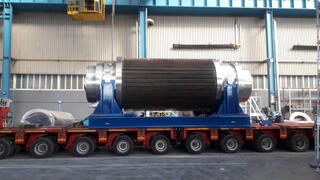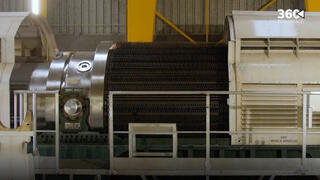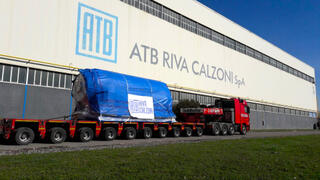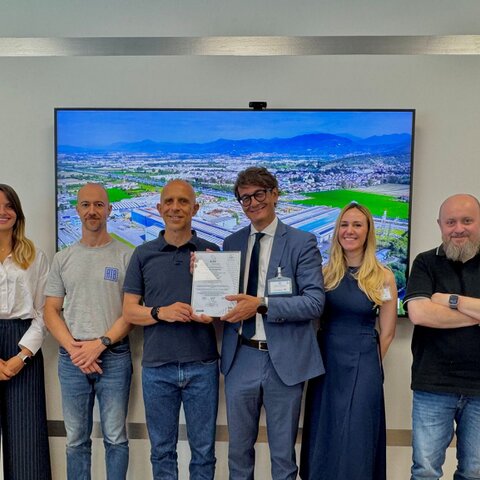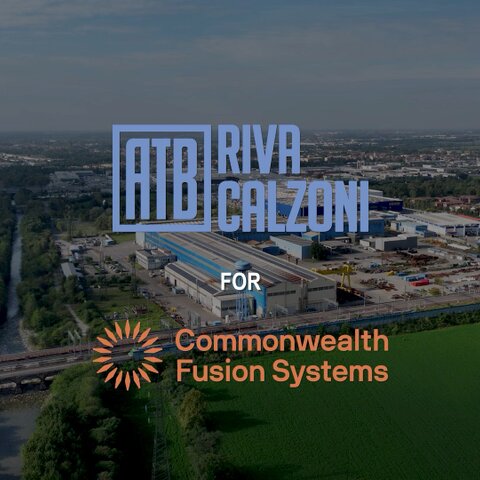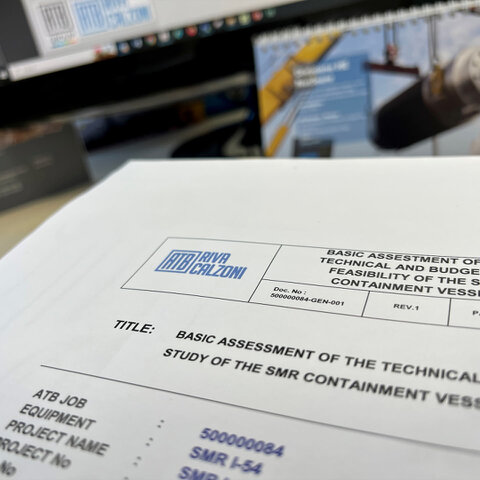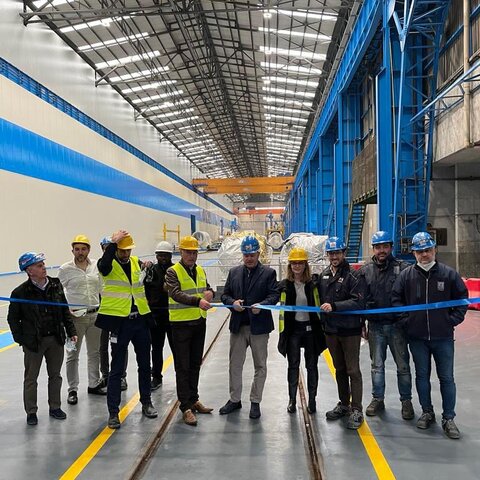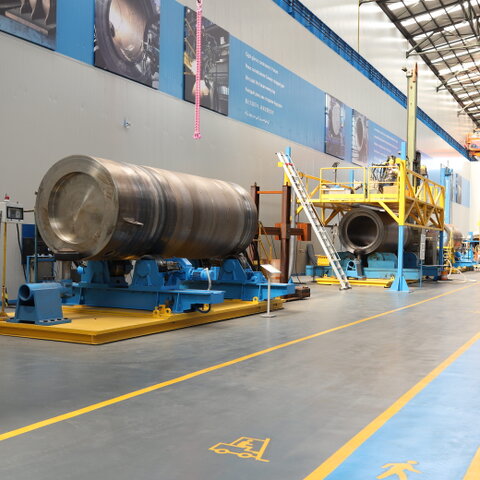The cask in subject, a high-tech container suitable for the transport of spent fuels, belongs to the new generation of nuclear equipment that will be used in France for the next decades.
The cask, first of a kind, sees completion after a period of continuous optimization of the production processes.
The delivery represents the culmination of the joint effort of dozens of ATB and the customer engineers who work daily on the projects. The production engineering, modelling experimentation and production of the first cask, which passed all top-level tests.
In a period of great suffering for all markets, linked to the well-known international health events, the decision to carry out studies, projects and programs up to the realization of the finished product for which they have been made is due to the foresight and entrepreneurial vision of Sergio Trombini who invested huge resources.
Today ATB Riva Calzoni is the first company in the world to deliver a Cask of new generation
Transportation Casks - Technical data
The cask is a shielded metal container suitable for transport of high activity fuel in the nuclear industry.
Dimensions: the cask has a length of about 6 meters with a diameter of about 2.5 meters
Weight: the weight of the cask complete with closures is about 100 tons
Composition: it is basically composed of a hollow body and two closures, primary cover and secondary cover
Materials: the main structure is made using forged steel with low Cobalt content. The external structure is made using copper, aluminum and resin components.
Fabrication: The main structure is fabricated by welding together forgings with very high wall thicknesses. These welds are made with a special technique in order to avoid any distortion of the material. Upon completion, the welded structure is heat treated to eliminate any internal tension
Special processes: the manufacture, assembly and welding of the external copper structure is carried out through a welding process qualified by ATB. This technique is of great importance in consideration of the peculiarities of the material, copper with important thicknesses.
Final tests: at the end of manufacturing, the cask is tested with tightness tests using helium as test gas. The use of this gas confirms the severity of the required acceptability criteria
Equipment: the manufacture of nuclear cask requires the availability of important equipment starting from what is needed for handling, overhead cranes over 100 tons of capacity, up to machine tools, boring machines and large numerical control lathes. A separate discussion concerns the definition and qualification of the welding processes necessary for manufacturing for which ATB has a dedicated facility with a laboratory equipped with cutting-edge equipment.


